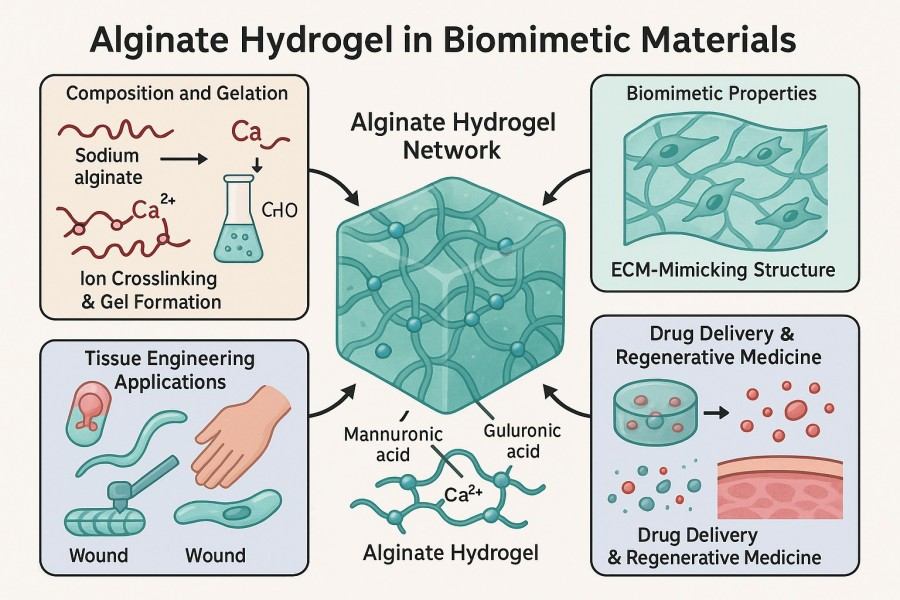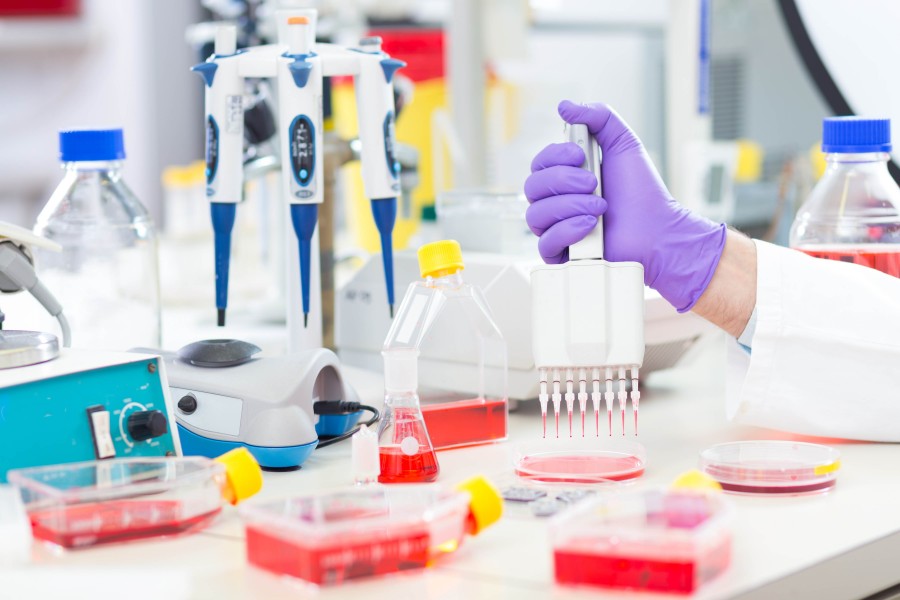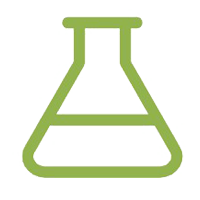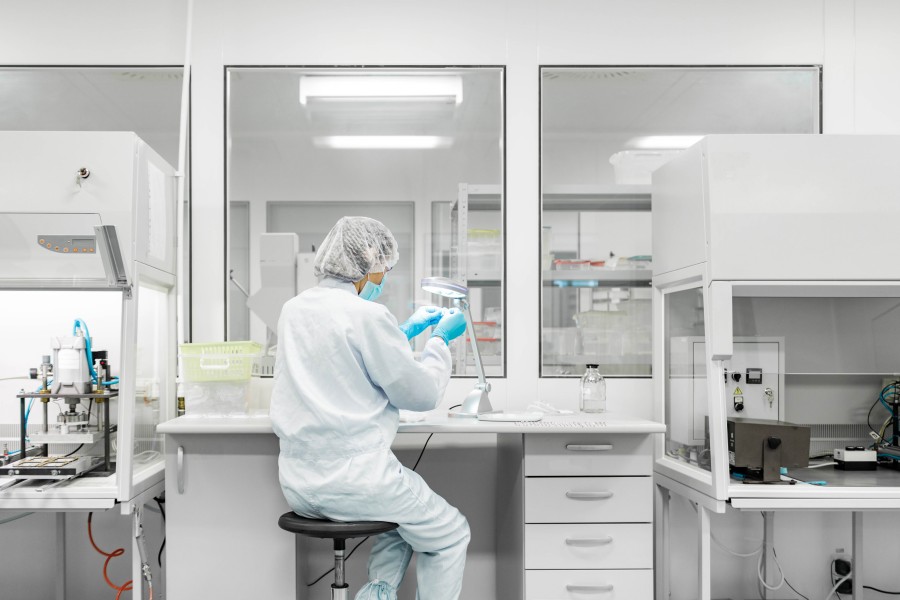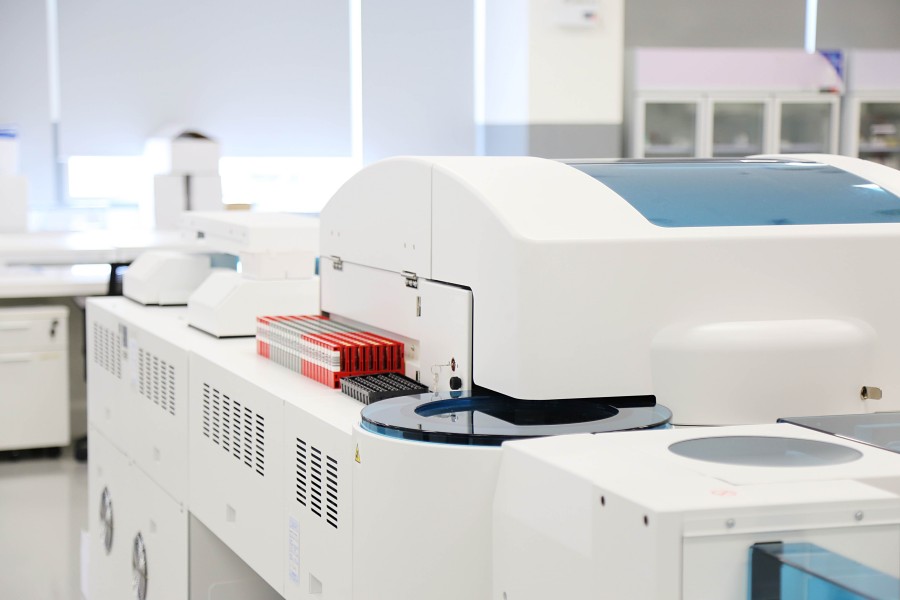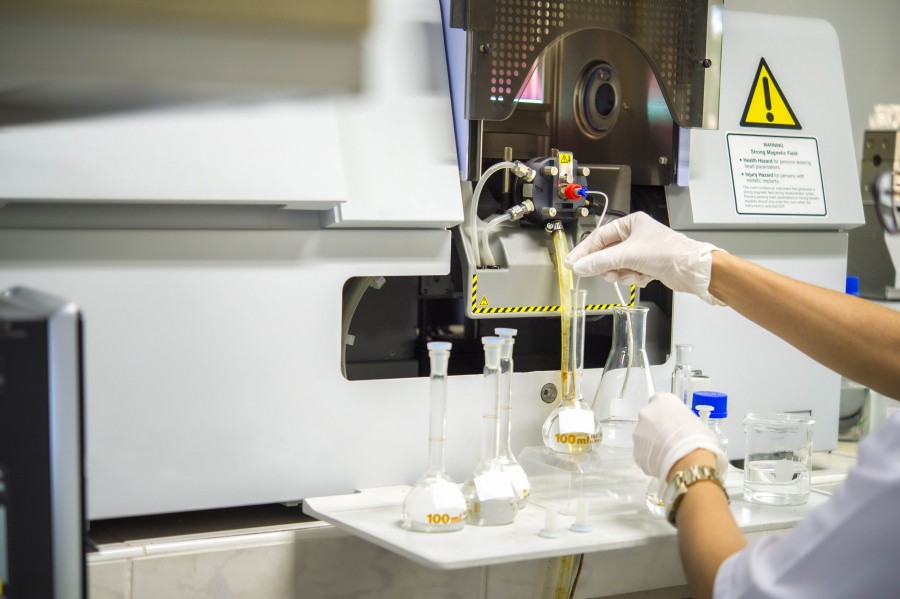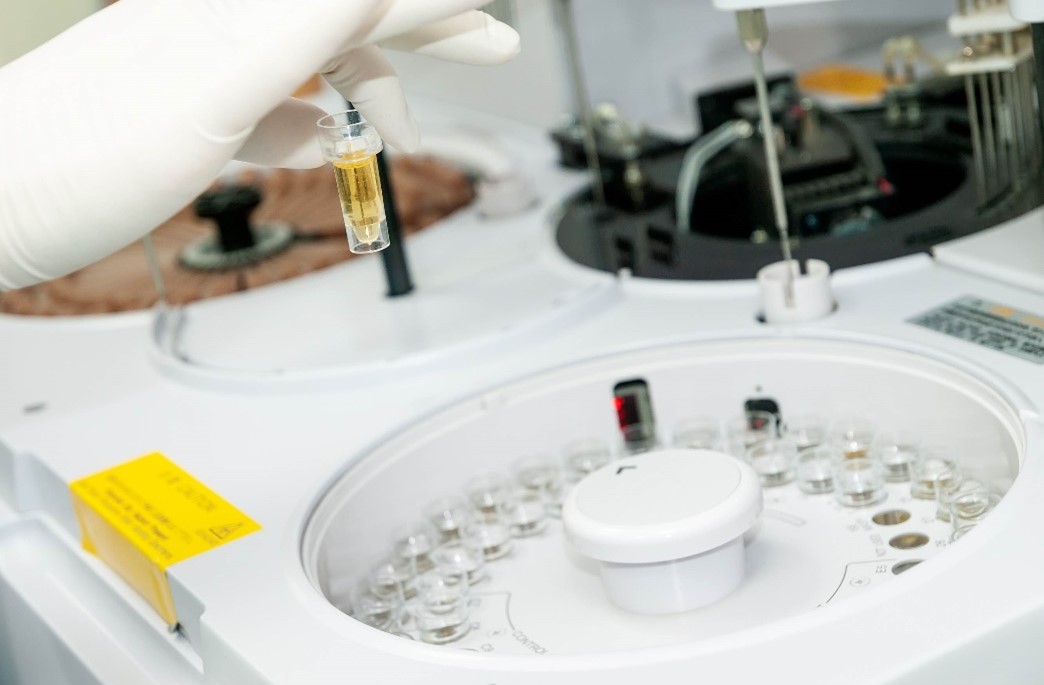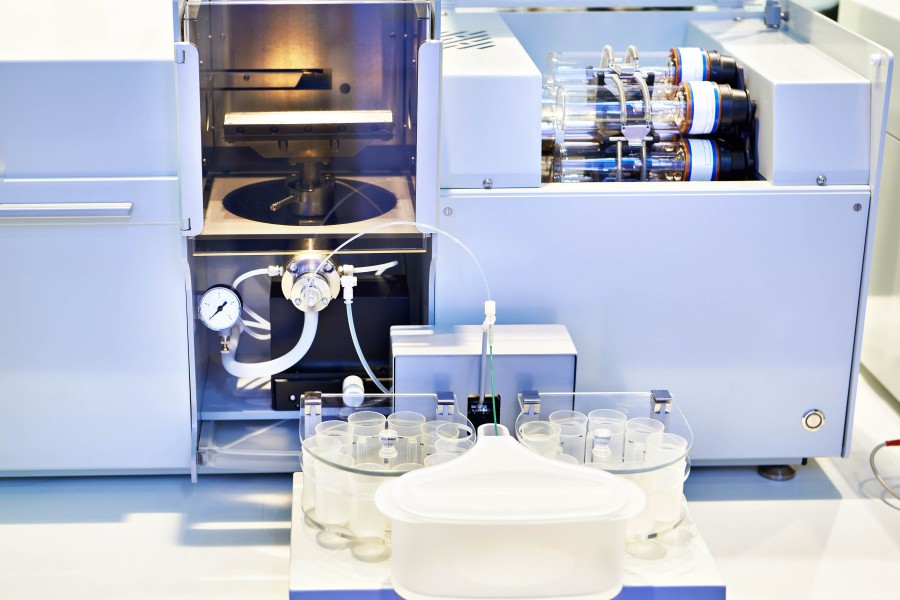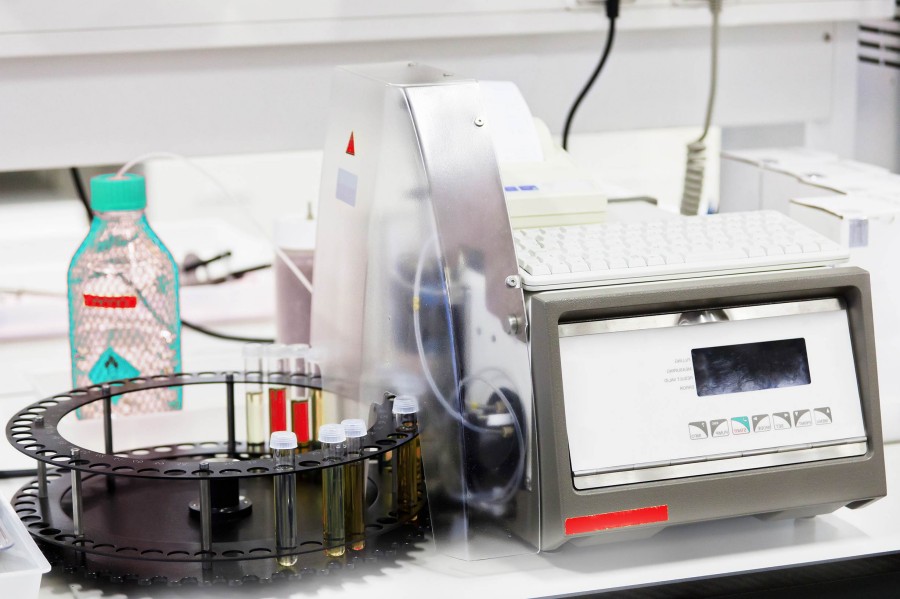Alginate hydrogel is a three-dimensional network hydrogel formed by ionic crosslinking of natural algal polysaccharide alginate. It features good biocompatibility and controllable pore structure, widely used in tissue engineering, drug delivery, cell encapsulation, and biomimetic material development. Mechanical properties, degradation rate, and swelling behavior can be optimized by adjusting crosslinker type, concentration, and preparation conditions.

- Home
-
Products
-
Monomers
- Acrylic Monomers
- Alcohol Monomers
- Allyl Monomers
- Amide & Imide Monomers
- Amine Monomers
- Anhydride Monomers
- Biodegradable Polymer Monomers
- Carboxylic Acid Monomers
- Cycloolefin
- Dendrimer Building Blocks
- Epoxide Monomers
- Halide Monomers
- Isocyanate Monomers
- Mercaptan Monomers
- Other Monomers
- Silicone Monomers
- Styrenic Monomers
- Vinyl Monomers
- Polymer Standards
-
Polymers
- Acid Functional Polymers & Salts
- Acrylic Polymers
- Alkene & Vinyl Polymers
- Amide and Imide Polymers
- Amine Functional Polymers & Salts
- Biodegradable Polymers
- Copolymers
- Dendrimers
- Epoxy Polymers
- Halogenated Polymers
- Natural Polymers & Derivatives
- Other Polymers
- Poly(ethylene glycol)s (PEGs) & Derivatives
- Polyester
- Polyether
- Silicones
- Styrenic Polymers & Derivatives
- π-Conjugated Polymers
- Reagents for Polymerization
-
Monomers
-
Custom Services
-
Custom Synthesis
- Copolymer Synthesis Services
- Monomer Synthesis Services
- Polymer Additive Synthesis Services
- Polymer Initiator Synthesis Services
- Polymer Microsphere Synthesis
- Polymer Nanoparticle Synthesis
-
Polymer Synthesis Services
- Atom Transfer Radical Polymerization Technology
- Free Radical Polymerization Technology
- Living Anionic Polymerization Technology
- Living Cationic Polymerization (LCP) Technology
- Nitroxide-mediated Polymerization Technology
- Reversible Addition-fragmentation Chain Transfer Polymerization Technology
- Ring-opening Metathesis Polymerization Technology
- Ring-opening Polymerization Technology
- Polymer Characterization Services
- Polymer Isolation and Purification
-
Polymer Modification Services
- Polymer Bioconjugation Services
- Side/End Group Functionalization
- Side/End Group Protection
-
Custom Synthesis
- Biomimetic Materials
- Support
- About Us
- Contact Us
